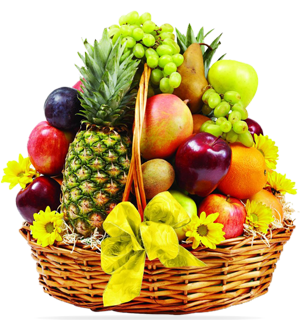
How to Snack Wisely for Dental Health
Food group foods |
Good Snacks ( no added sugars) |
Better with Meals |
Bread Cereal group |
Popcorn and other seeds (lightly salted); foods high in bran |
Breads, cereals and crackers, sugared and sugar containing baked goods, caramel corn |
Fruits Vegetables group |
All raw fresh frozen fruits and vegetables or their juices prepared without addition of sugars** |
All items prepared with the addition of sugars**, dried fruits eg: raisins |
Meat group |
Meats of all kinds, hard boiled eggs, nuts of all kinds, peanut butter**, bean dips** |
Meats prepared with sugars**, candy coated nuts |
Dairy group |
Milk, whole low fat, skim or butter milk, all types of cheese including cottage, plain yogurts, dips and spreads**, flavored drinks** |
Chocolate milk, malts, shakes, cocoa, ice cream, other dairy desert, fruited yogurt |
Suitable between meals |
Unsuitable between meals* |
|
Non Food Group foods and other items |
Sugarless gums and candies, sugar free soft drinks and other liquids without sugar, sour pickles, olives, un-sugared creams, spreads, sauces, dressings and other fats, oils**, some breath sweeteners **some antacids tablets or gums** |
Sugared gums, candies, mints, soft drinks, or other liquids, sugared coffee creamers, sugars, syrups, puddings, toppings, honey, flavored gelatins, chips, sweet pickles, cough drops, drugs or vitamins as chewable tablets, lozenges or syrups |
*The slow and continual sipping, sucking, chewing or nibbling of these items makes them especially hazardous to dental health. Even if consumed rapidly , they should be followed with brushing, flossing or at least mouth rinsing, avoid ending meals with these items
**Check labels for added sugars: Look for (cane, maple brown) sugar (sucrose), molasses, invert sugar, honey, dextrose (glucose), (modified) corn (sugar, syrups, sweeteners, solids), lactose, levulose (fructose)
